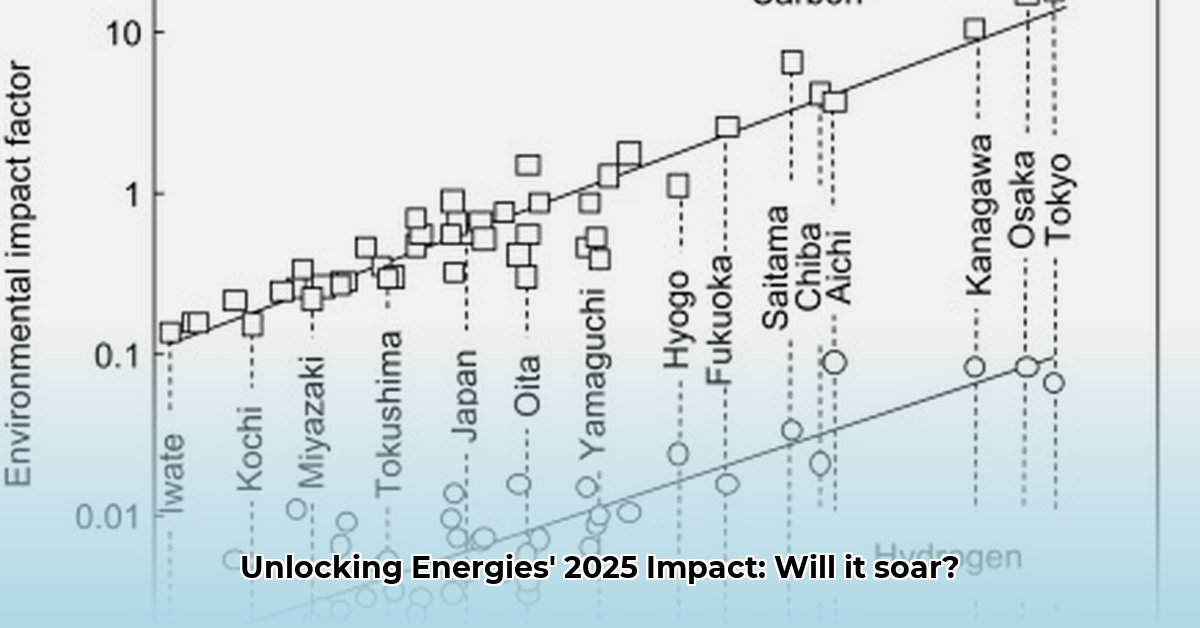
The Energies journal, published by MDPI, holds a prominent position in renewable energy research. Its high impact factor (IF) and substantial citation counts indicate significant readership and influence. However, recent data suggests a potential deceleration in growth, prompting a comprehensive review of its performance and future trajectory. This analysis examines the contributing factors to its current standing, explores both strengths and weaknesses, and proposes strategies for sustained success.
The Quantitative Landscape: Impact Factor and Beyond
Energies' consistently high ranking among journals in related fields is undeniable. Its impressive h-index (a measure of a journal’s overall cited impact) demonstrates a strong influence within the scientific community. The open-access model facilitates broader accessibility and potentially enhances citation rates. Furthermore, its reputation for relatively swift peer review and publication attracts researchers.
However, discrepancies exist in reported IF values across different sources, highlighting a need for greater transparency and standardization in metric reporting. This inconsistency raises concerns about the reliability of existing data and necessitates a more nuanced interpretation of Energies’ performance. The slight decline in IF from 3.66 in 2022 to 3.51 in 2023 (a 4.1% decrease), while potentially statistically insignificant without further analysis, warrants investigation into underlying causes.
Scope and Scale: A Double-Edged Sword
Energies' broad scope, encompassing over 40 subfields within renewable energy, is a significant strength, ensuring comprehensive coverage of the research landscape. This breadth, however, presents challenges. Maintaining uniformly high standards in peer review across such diverse areas requires robust editorial processes and a dedicated team of expert reviewers. A potential future strategy could involve a more focused approach to specific niche areas to enhance both the journal's overall impact and the depth of its contributions to each field.
Open Access: Opportunities and Limitations
The open-access model is a key advantage, providing free and immediate access to published research. This fosters greater collaboration and knowledge dissemination across the scientific community. However, it relies heavily on article processing charges (APCs), potentially creating a financial barrier for researchers at institutions with limited funding. This model's sustainability and its potential impact on equity of access to publication demand consideration when evaluating the journal's overall performance.
Strategic Pathways to Sustained Success
Maintaining and enhancing Energies’ impact factor requires strategic interventions by all stakeholders.
MDPI (the Publisher): MDPI should prioritize transparent and consistent metric reporting. Investing in advanced peer-review technologies, strengthening editorial teams, and exploring alternative funding models beyond APCs are crucial steps. Additional strategies may include producing special issues on emerging high-impact topics and creating closer collaboration with researchers.
Researchers and Authors: Researchers should carefully consider the suitability of Energies for their research. Contributing to the peer-review process, maintaining high standards in research methodology, and diversifying submission strategies are essential for ensuring the journal's overall quality.
The Broader Research Community: Active engagement with published research, through critical evaluation and appropriate citation practices, directly contributes to a journal’s impact. Promoting transparency and standardization in journal metrics further supports the community's collective effort to foster robust and reliable scientific communication.
Navigating Risks: A Proactive Approach
Potential challenges include a further decline in the impact factor, the long-term sustainability of the APC model, maintaining a high standard of peer review, and increasing competition from other journals. Proactive strategies are necessary to mitigate these risks. These include refining peer review processes to assure quality, diversifying funding streams, enhancing marketing and outreach, and strengthening the journal's brand identity.
Conclusion: A Cautiously Optimistic Outlook
Energies plays a crucial role in renewable energy research. Its future success hinges on effectively addressing the identified challenges and leveraging its strengths, including its open-access model and broad scope. While the recent decline in the impact factor presents a cause for concern, strategic implementation of the measures discussed above positions the journal for continued growth and influence within the field.